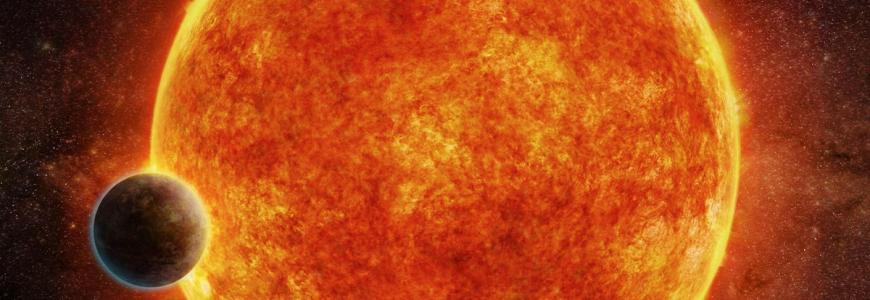Odd Couple: UV Radiation and the Origin of Life
Contemporary Science Issues and Innovations, November 28, 2017
Belmont Media Center, 9 Lexington St, Belmont
Sukrit Ranjan, Ph.D., SCOL Postdoctoral Fellow, Massachusetts Institute of Technology.
For life, ultraviolet radiation is a paradox. On the one hand, it is a component of the light that makes photosynthesis possible, and it stimulates health-related processes such as vitamin D and melanin. On the other hand, UV radiation is associated with health threats, such as skin cancer and some forms of blindness.
Is UV radiation involved in the emergence of life? Dr. Ranjan investigates the possible connection between UV and the emergence of life on Earth and elsewhere in the universe. He and other astrobiologists expect that the emergence of life on any planet depends on a number of factors, including an optimal distance from its star, the relative heat of the star, and the necessary chemical ingredients for the formation of RNA, the basis of life. Dr. Ranjan focuses on UV radiation and whether red dwarf stars (M-stars) generate sufficient UV to trigger life. He is investigating several groups of interesting rocky planets associated with M-dwarfs. In this discussion, Dr. Ranjan explains why red dwarfs are of particular interest and what level of UV might be necessary to trigger the formation of life on a planet.
Background articles about Dr. Ranjan's work:

